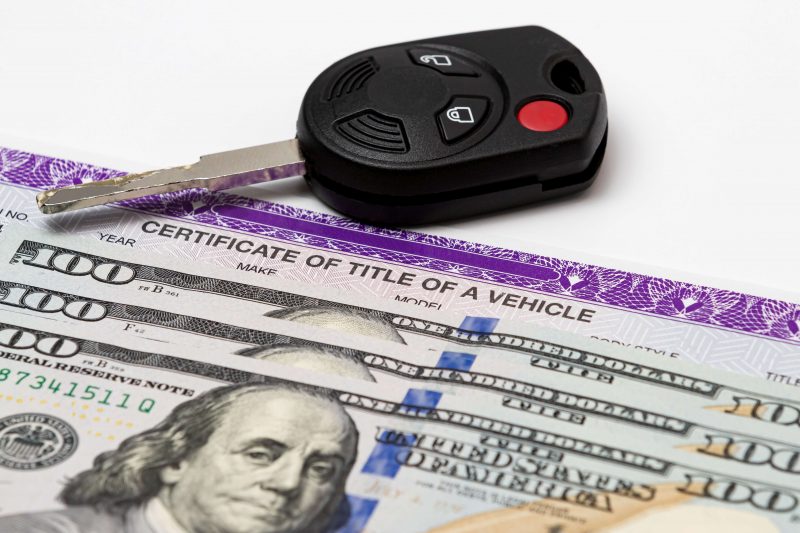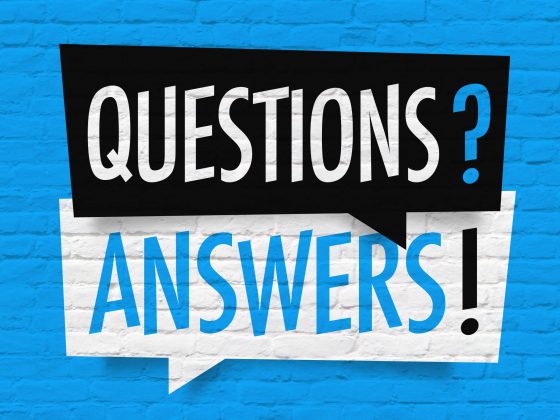Buying and selling a vehicle can come with enough ins and outs, that the actual transfer of the title shouldn’t be one of the challenges. If you’re in the market for a new (for you) car, truck, or motorcycle, then chances are you’ve already been through the process of sussing out the make, the model, and the year you’re interested in. You’ve probably narrowed your options down based on your needs, wants, and budget. And if you’ve gotten this far, if you’ve made it to the point where you know what you want and you’ve actually found it, well…congratulations, the stars have aligned for you!
Use eTags© to Quickly Complete Your DMV Service. Renewals, Title Transfers and More, All Online!
We think you’ve done enough work this far, so in order to make your next steps a bit simpler, we’ve compiled a list to help with an average title transfer.
There are many variables and exceptions, but these will be general guidelines for basic transfers. Because we know just how much a good list can come in handy…you’re welcome, in advance. (Wink, wink.)

A note before the list begins: It’s wise to be certain that the seller is in possession of a government-issued ID that lists their legal name and address, and that this information matches what is listed on the official Certificate of Title. We like to give folks the benefit of the doubt and assume that if someone is selling a vehicle, it actually belongs to them. But it’s a smart move to get this information squared away before you begin the transfer process. Save yourself time and headaches up front.
First off, you want to be sure that your seller has their original title.
- It must in one piece, and has not been altered in any way shape or form. This means that the page must be intact without any tears or holes. All text must be clear and legible. None of the information can be crossed out, erased, or corrected. Also, please note that the DMV will not accept certified copies of titles. When they say original, they mean original!
- The seller whose name is listed on the front of the title must be the individual who is selling the vehicle. If you’ve found your dream car, but the seller does not have a title in their name, it’s a no go. The seller will have to first apply for a Certificate of Title in their name before they are permitted to transfer ownership.

- The seller then must record the buyer’s name and sign their signature in the section designated as transfer of ownership. If the title is from out of state, depending on which territory, this section will require notarization. The states that will have you visiting a notary public are as follows: Alaska, Arizona, Hawaii, Kentucky Louisiana, Mississippi, Montana, Nevada, North Carolina, Ohio, Oklahoma, Pennsylvania, Washington, Wyoming, and Puerto Rico.
Both the seller and the buyer must fill out and sign a Bill of Sale.
- An easy document can be downloaded for free at the DMV’s website and is called MV-912. The information contained will include the vehicle year, make, model, VIN, and sales price. It will ask for both buyer and seller name, address, signature, and date. This document is required even if your vehicle is a gift rather than a purchase. A handwritten or homemade bill of sale will also be accepted, provided that all the necessary information is listed.
- Know that all purchases are subject to sales tax. Both buyer and seller must complete a Statement of Transaction Sales Tax Form (DTF-802). The DMV will calculate any applicable taxes and provide a receipt.
If the vehicle is being given as a gift, form DTF-802 must be signed by the seller in Section 6 on Page 2. The sales price can be listed as $0. This gift declaration also will act as a sales tax exemption form.
- If the vehicle you are purchasing was manufactured in the year 2011 or later, you will also be required to fill in the Odometer Disclosure Statement on the back of the Certificate of Title.
- In addition, all vehicles undergoing a transfer of ownership will need the Damage Disclosure Statement completed on the back of New York Certificate of Title. This is true regardless of the age of the car, truck, or SUV.

- In the case that you’re buying a vintage car, said vehicle having been manufactured in the year 1972 or before, and does not have a title, here’s what you can use as acceptable proof of ownership:
New York State Transferable Registration. This must be an original document or a Certified Copy. No photocopies will be accepted. The registration must be marked “transferable” on the front. The seller’s name must be marked on the front of the transferable registration, and they must sign the back of this document.
- If the vehicle is from out-of-state, the seller must provide the proof of ownership required in that state. If this is the case, it’s a good idea to do a little research and determine that your seller is in possession of the correct, accepted documents from the state.
Know that you will be required to present valid government-issued identification when transferring the title.
Ideally, you will need a New York State driver’s license, permit, or photo ID that is current, or expired less than two years. If you do not have one of the above credentials, there is an ID point system you can follow to provide sufficient proof of identification. This list is available at www.dmv.ny.gov.

In conclusion, while not taking into account every possible scenario while transferring a title (such as transfer from a deceased person, transfer with a lien etc), the above list is a great place to get started when assuming ownership of a new-for-you vehicle. And as always, if you need assistance with most things automotive, you can get in touch with our title and registration experts at any time during usual business hours. You probably know this, (we hope you know this!) but here’s your friendly reminder: We’re here to help!










